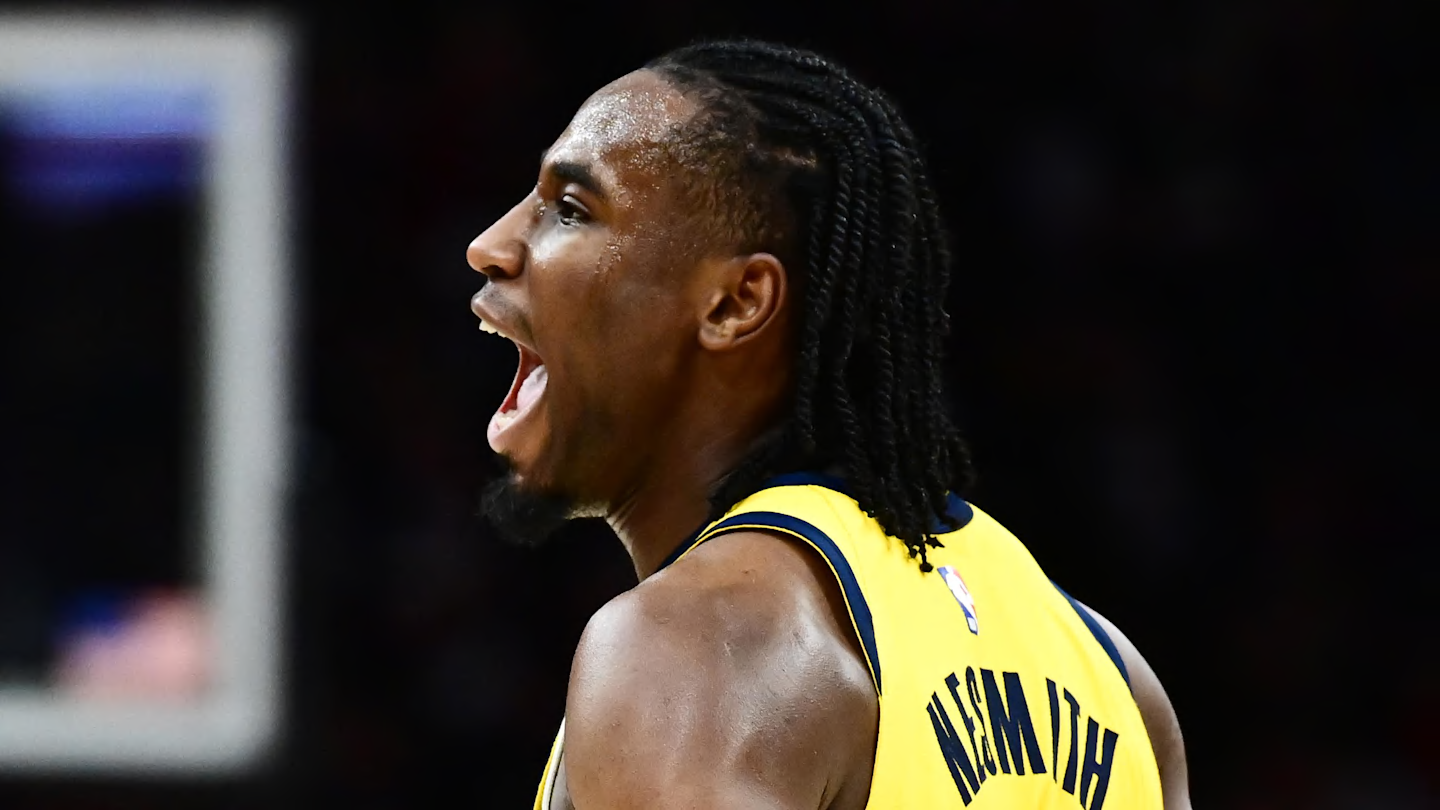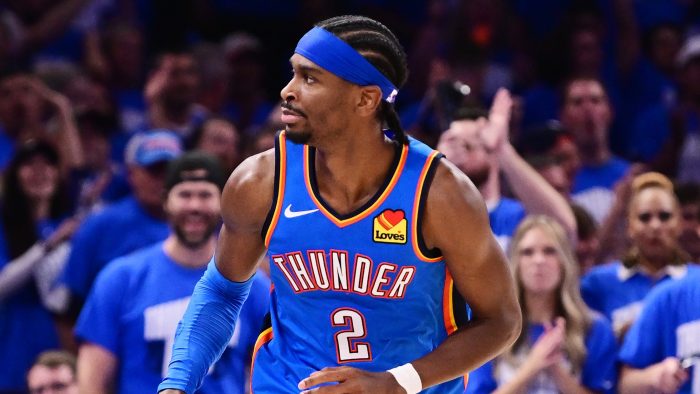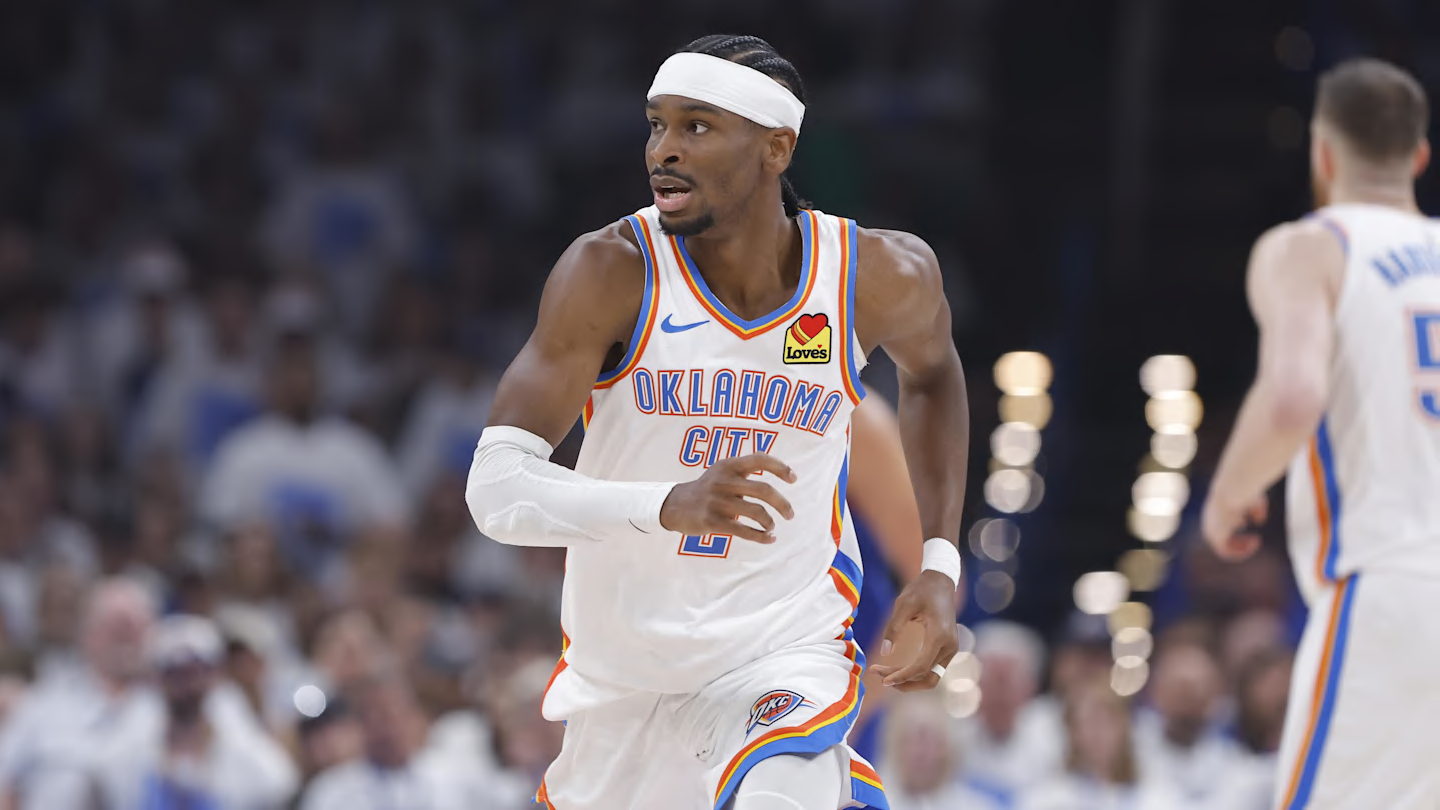
A half-decade ago, Aaron Nesmith was once one of the more promising selections at the 2020 NBA Draft.
A two-year Vanderbilt player, Nesmith saw a breakout second season with the Commodores, scoring 23 points per game on a blistering 52% shooting on over eight points per game, early draft acclaim in the process. Simply put, he was one of the best shooting prospects potentially ever, and teams took notice.
One of those was the Boston Celtics, who selected the guard-forward hybrid at No. 14 overall. With his white-hot shooting, many thought he’d be an immediate plug-and-play option for Boston.
The reality wasn’t so, though.
Nesmith’s NBA career got off to a rocky start. In Year 1, he averaged just 4.7 points on 44% shooting overall, failing to cement himself in the rotation. That was made worse in Year 2, when he played even less minutes, and contributed even less.
His Celtics tenure was eventually put to an end when he was included in a trade to the Pacers for Malcolm Brogdan.
In Indiana, he redefined himself. Instead of playing an offense-first style, he instead relied on grinding in the trenches and honing his all-around game. That, of course, included scoring in the Pacers’ fast-faced offensive system, but Nesmith became a legit two-way force at the two-guard.
That approach and mindset has made him one of the Pacers’ more integral parts in the Tyrese Halliburton era. And that was especially true on Wednesday night.
In a crucial Game 1 versus the Knicks in the Eastern Conference Finals, Nesmith scored 30 points on 9-for-13 shooting, hitting a blistering eight of nine from the 3-point line. His performance was paramount in helping Indiana to a come-from-behind overtime win versus the Knicks.
The shooting performance was flashy enough statistically, but how Nesmith did it broke multiple records. He scored the most fourth-quarter 3-pointers of any player in NBA Playoffs history. He joined Khris Middleton as the only two players to go for 20-plus points in the fourth quarter of the ECF. And became the only player in the play-by-play era to score 20 points in a five-minute span in the latter half of a postseason game.
Simply put, Nesmith’s reinvention and development is a story plenty of NBA Draft hopefuls can look to as they near the 2025 NBA Draft. They may enter the league with internal and external expectations, but it’s never too late for a second chance.

